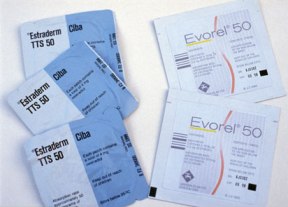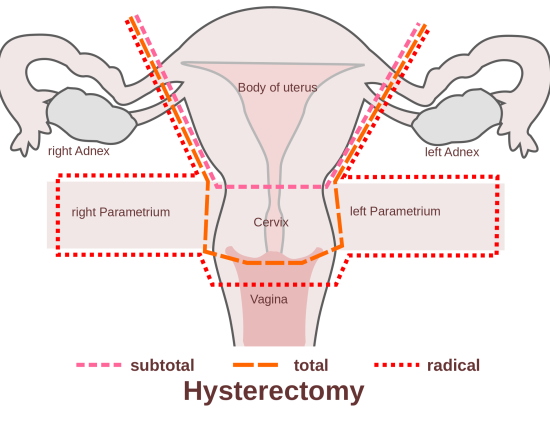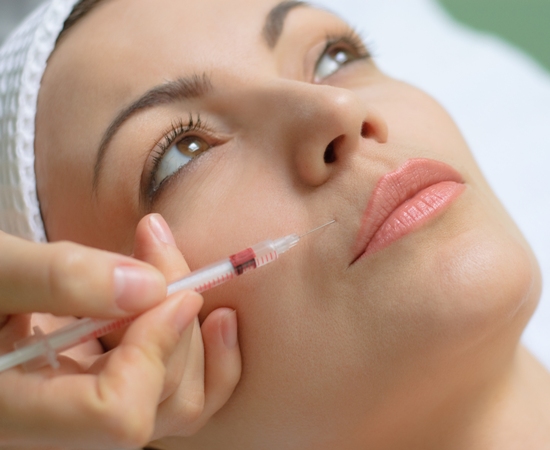HRT stands for Hormone Replacement Therapy. It is a highly popular medical regimen that contains one or more female hormones.
The hormones usually include estrogen and synthetic form of the hormone progesterone, also called progestin.
HRT is also known as Hormone Therapy (HT). HRT is usually available in a variety of forms: pills, patches, and vaginal creams.
The hormone therapy involving estrogen only, known as estrogen replacement therapy (ERT) and can be taken by menopausal women.
Mostly, it is prescribed to women who have lost their uterus due to surgical menopause [HRT for menopause]. As there will be no uterus present, the need for progesterone is not compulsory.
‘Continuous’ combined hormone replacement therapy, a most common type of HRT, involves both estrogen and progesterone. Mostly, it is used to prevent the overgrowth of uterine lining.
During this therapy, estrogen will be taken one for each day regularly, while progesterone will be taken on a supplementary basis.
However, irregular bleeding may occur in the beginning of this medication, or moving to this medication from other course of medication. Over eight million women are presently using this combination HRT. It is designed particularly for women who have a uterus.
‘Cyclic’ hormone therapy, a type of HRT, is often advisable where estrogen is taken for a period of 25 days in the form of a pill. However, progesterone is typically given during 10-14 days. For the next 25 days both hormones are administered.
There will be a small break in intake of hormone for 3-5 days subsequently. Menstrual periods will occur regularly.
Vaginal cream contains estrogen to help overcome vaginal dryness. Usually, it is taken along with other anti-menopause symptom therapies, as it cannot reduce major menopausal symptoms or help bone strength.
Patches can be applied to the thighs or abdomen where it enables estrogen to get absorbed into their blood stream.
HRT, when taken as a medication lessens your menopausal symptoms, including mood swings, hot flushes, too much sweating, urinal problems, vaginal bleeding, vaginal dryness, sleep disorders, decreased libido and other symptoms.
When taken this medication, you will often notice the benefits after a couple of weeks or so. Presently, the medication is said to be safe when used for a short-term period of two–four years.
With HRT, there is a possibility of various adverse health problems, which includes heart attacks, breast cancer, strokes, ovarian cancer, endometrial or uterine cancer, pancreatic disease, bladder disease, acute liver disease, blood clotting, and breast tenderness, breast pain.
The health problems are seen to be increasing because of increased hormone levels (estrogen and progestin). Even you may notice headache, fluid retention, epilepsy and hypertension, depression and so on.
It is good to consult your health care professional before starting a course of HRT because he may prescribe a number of different regimes for sample in order to find the one that best works for you.
Remember, while taking HRT, it is necessary to have regular exercises and healthy eating habits so as to maintain a healthy heart and strong bones.






